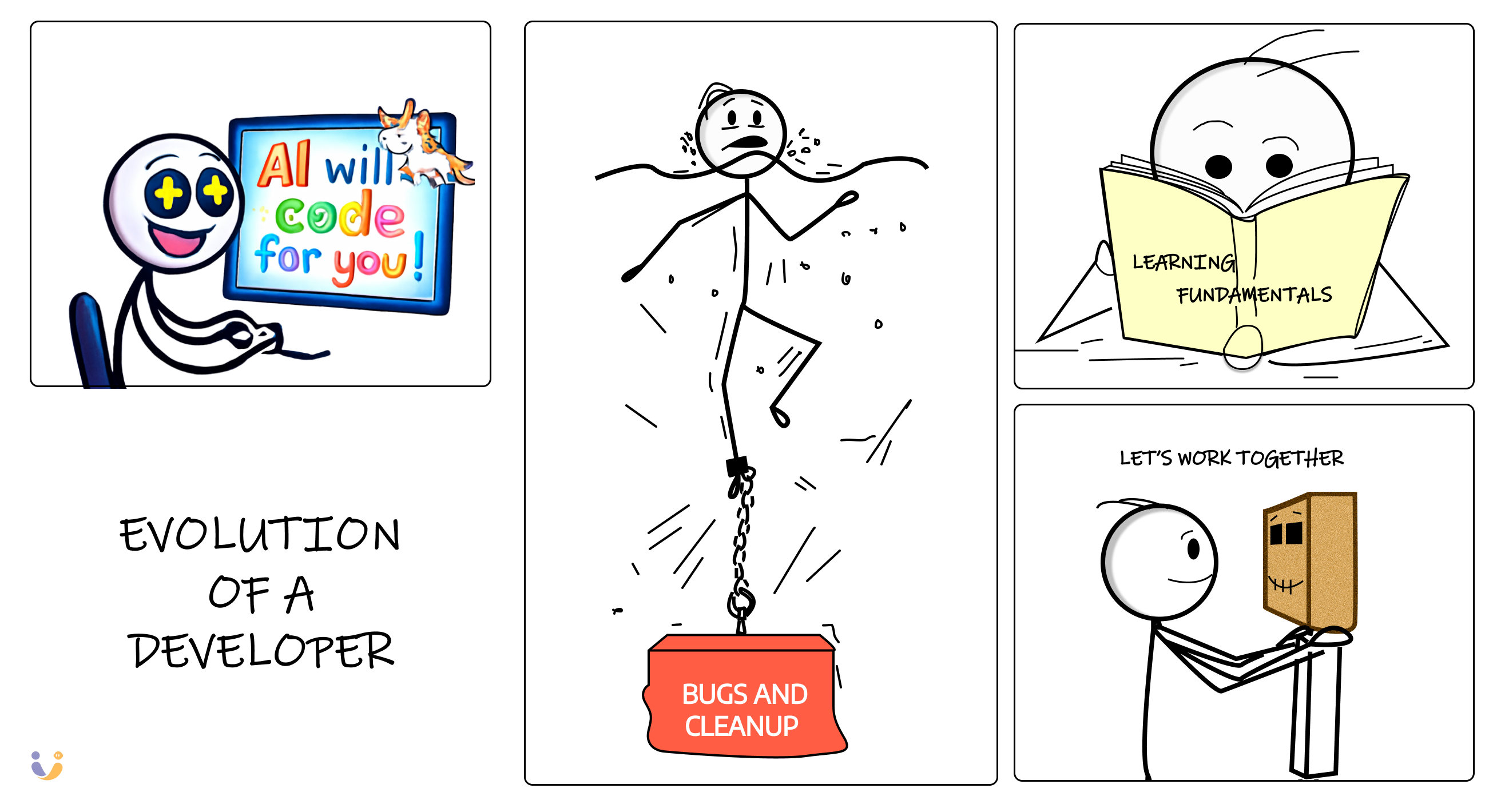Vibe Coder = Garbage Man
I dove into AI-powered coding, dreaming of revolution. Instead, I became a digital garbage collector, buried in technical debt and messy code.
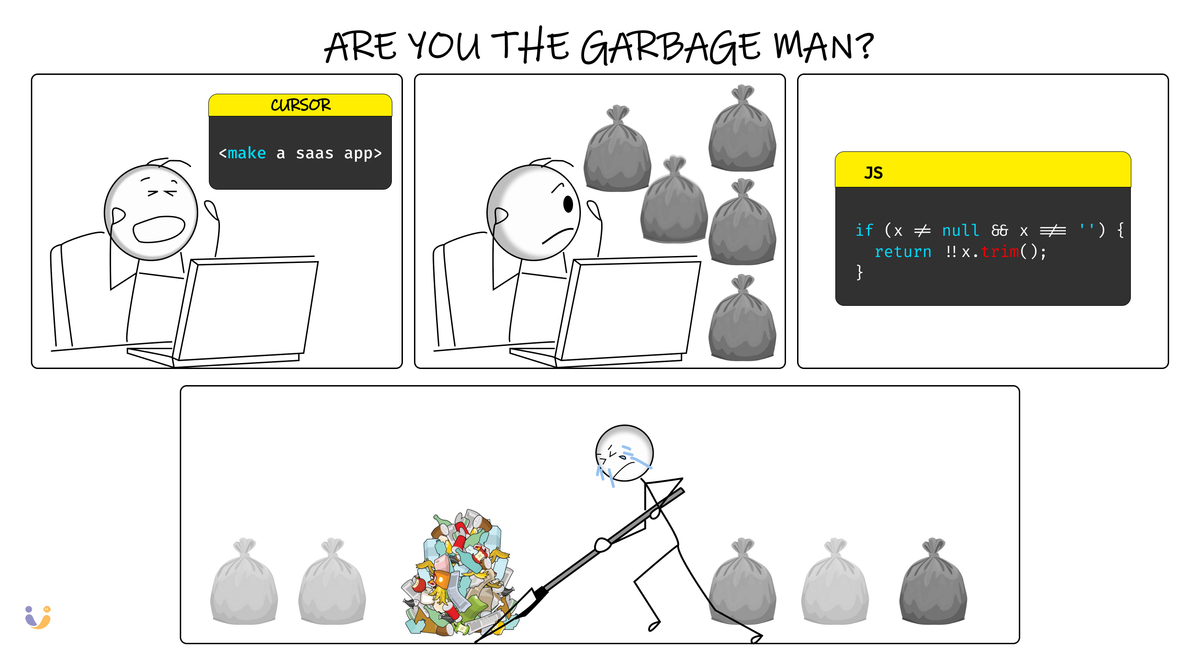
Why AI-powered "natural language programming" has turned developers into digital janitors
I need to tell you something that's going to piss off every vibe coding evangelist on Twitter: You're not a revolutionary programmer. You're a garbage man.
And I say this as someone who fell for the hype completely.
Six months ago, I dove headfirst into the vibe coding revolution. Armed with Cursor, Claude, and the unshakeable belief that I could "think in natural language" my way to building a full SaaS application, I was ready to disrupt myself into programming nirvana.
What I discovered instead was that vibe coding had turned me into the world's most expensive janitor.
The Seductive Promise of Vibe Coding
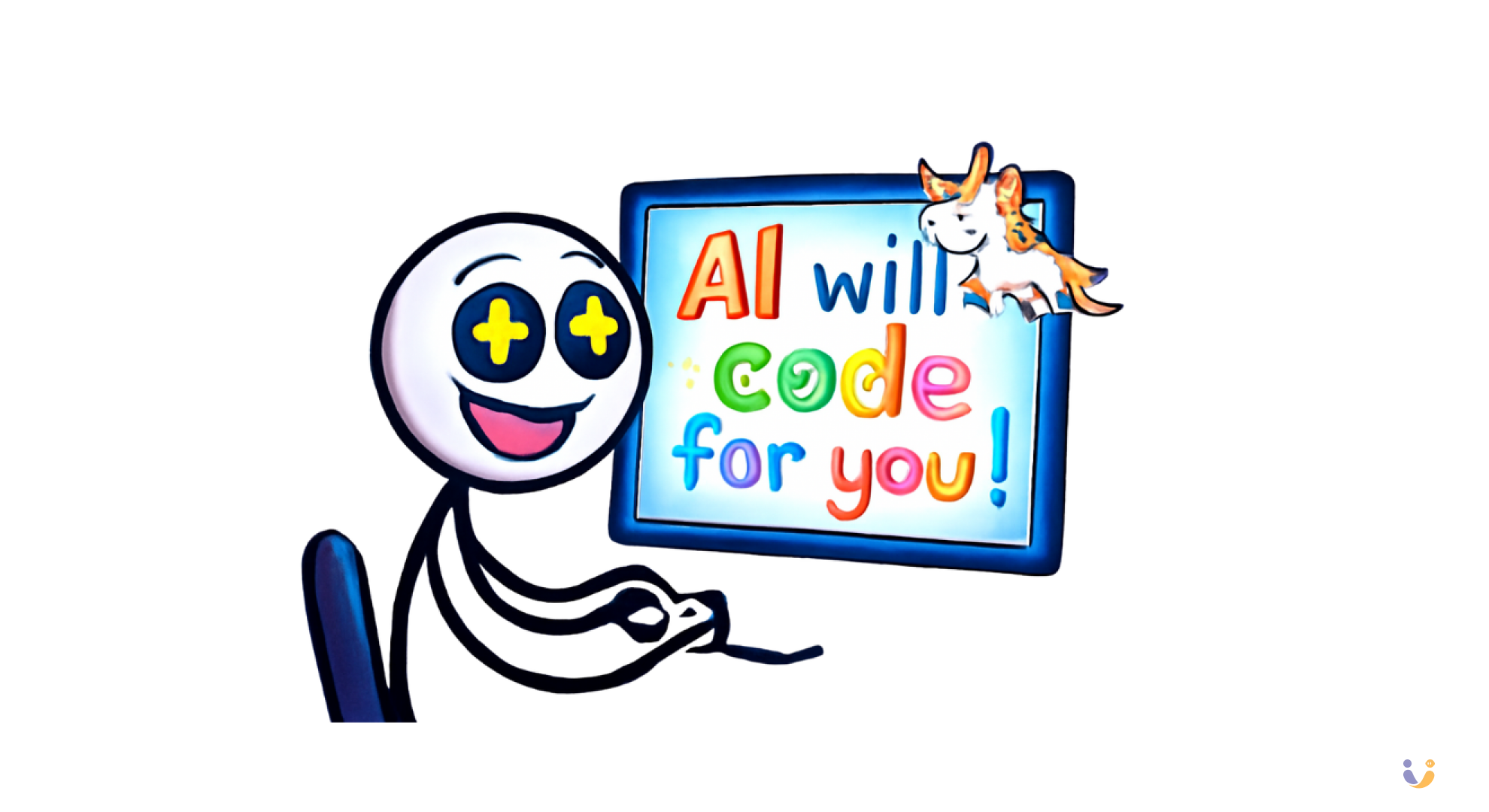
The promise is intoxicating: Why learn syntax when you can just vibe your way through problems? Why understand software architecture when Claude can just "make it work"? The vibe coding prophets promise a world where programming becomes as natural as conversation.
"Just describe what you want, and the AI builds it!"
"Programming is now accessible to everyone!"
"Technical debt is dead!"
Bullshit. All of it.
Here's what actually happens when you vibe code your way through a real project:
The Reality: You Become a Digital Garbage Collector
After three months of vibing my way through what I thought would be a simple SaaS app, I realized something horrifying: 90% of my time wasn't spent building features. It was spent cleaning up the absolute garbage that AI had generated.
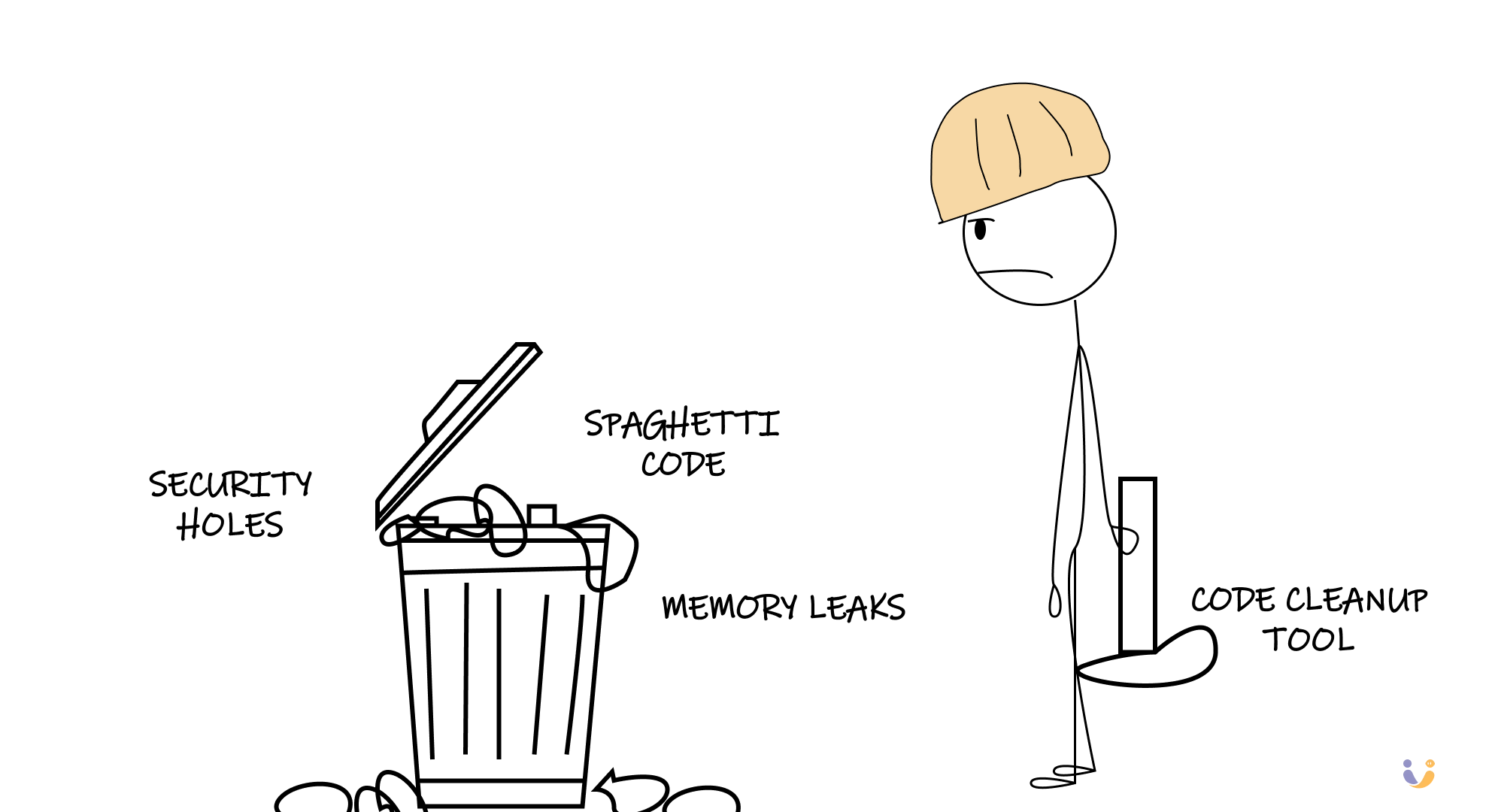
The AI doesn't write good code. It writes code that looks like it might work. And when you're vibing, you don't have the architectural knowledge to know the difference.
The Garbage Collection Process
Every vibe coding session follows the same depressing pattern:
- Generate: "Hey Claude, build me a user authentication system"
- Deploy: Copy-paste the output, feeling like a 10x engineer
- Discover: Three days later, realize users can't actually log in half the time
- Debug: Spend 8 hours untangling the spaghetti logic AI created
- Repeat: Generate another "fix" that breaks two other things
You're not coding. You're following an AI around with a digital pooper scooper.
The Technical Debt Avalanche
Here's what the vibe coding evangelists don't tell you: AI generates technical debt at superhuman speed.
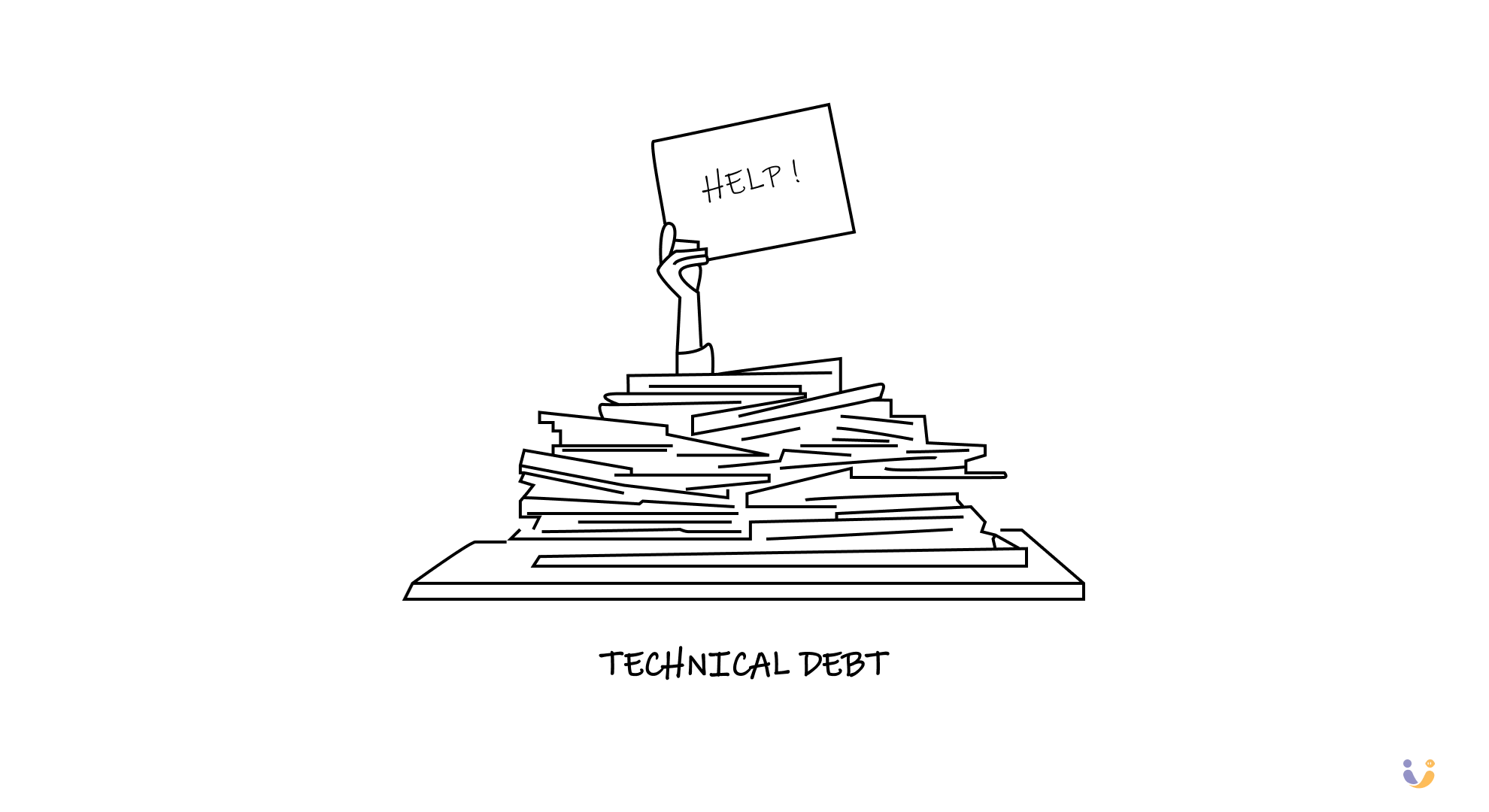
In my SaaS project, I accumulated more technical debt in three months of vibe coding than I had in three years of traditional development. The AI would solve immediate problems by:
- Creating circular dependencies that worked until they didn't
- Implementing security through obscurity (when it implemented security at all)
- Building "features" that were actually 17 different hacks duct-taped together
- Using deprecated libraries because they appeared in more training data
Every AI-generated solution was a Rube Goldberg machine of complexity that I didn't understand and couldn't maintain.
The Garbage Man's Toolkit
As a vibe coder, your primary tools aren't programming languages. They're cleanup tools:
- Git blame (to find which AI prompt created this mess)
- Delete key (your most-used programming tool)
- Stack Overflow (to understand what the AI was trying to do)
- Profilers (to find performance disasters)
- Security scanners (to find the vulnerabilities AI sprinkled in)
Sound familiar? These are the tools of someone cleaning up after someone else, not creating.
The Expertise Paradox
Here's the cruel irony that broke my brain: To effectively clean up AI-generated code, you need to be a better programmer than the AI itself.
Think about it: If you could write clean, maintainable, secure code yourself, why would you need the AI to write messy, unmaintainable, insecure code that you then have to fix?
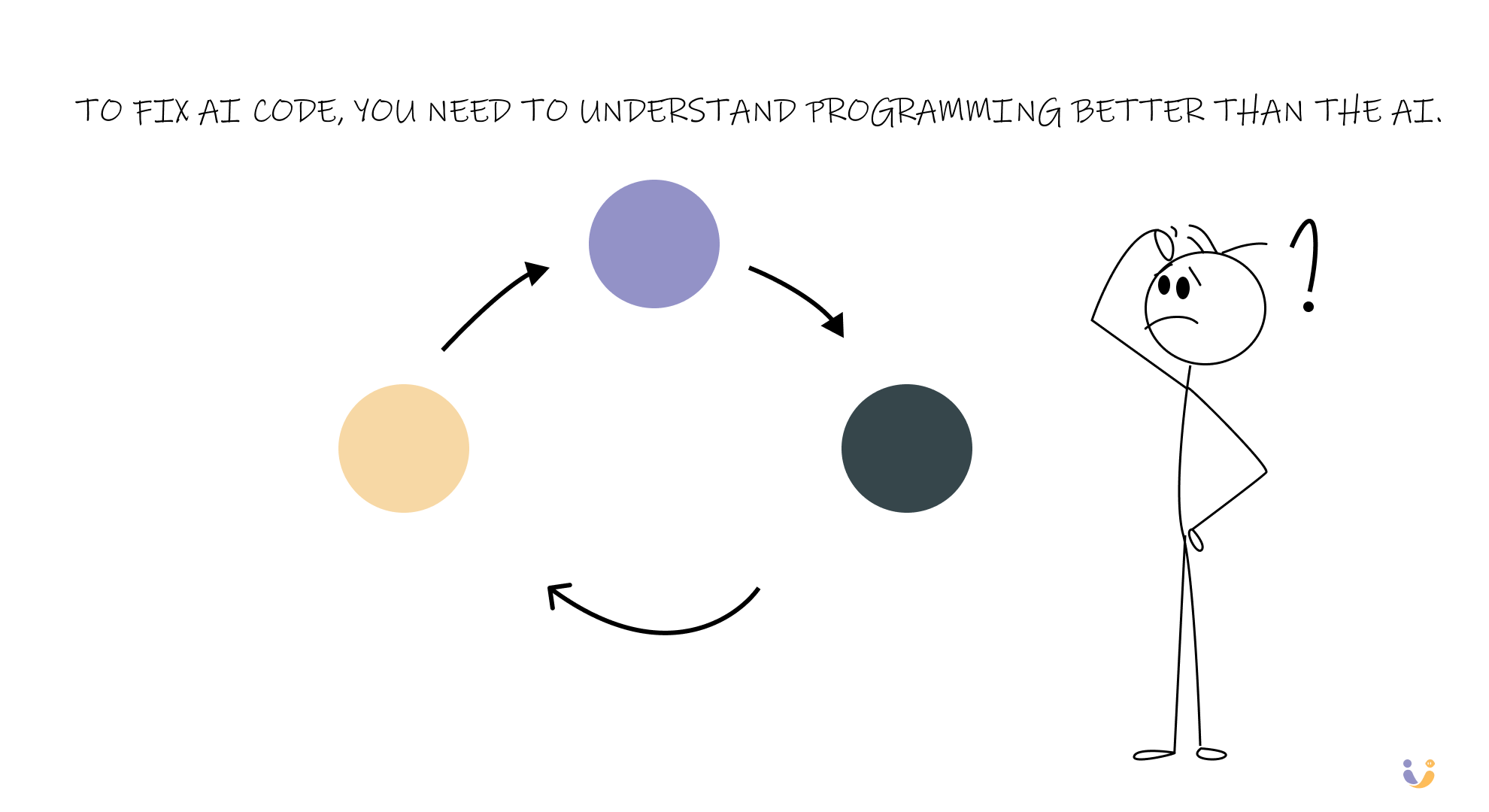
It's like hiring a contractor who builds houses that collapse, then spending more money hiring architects to figure out what went wrong.
The Competency Trap
Vibe coding creates a competency trap where:
- You don't learn proper software architecture (AI handles that)
- You don't understand the code you're maintaining (AI wrote it)
- You can't effectively debug problems (you didn't design the system)
- You become dependent on AI for even simple changes (you never learned the fundamentals)
But here's the kicker: the better you get at programming, the less you need to vibe code.
What Expert Developers Actually Do
Real software development isn't about generating code. It's about:
- Architecture design: Understanding how components should interact
- Problem decomposition: Breaking complex problems into manageable pieces
- Trade-off analysis: Choosing between competing technical solutions
- System thinking: Understanding emergent properties of complex systems
- Quality assurance: Writing code that humans can maintain
AI can't do any of this. It can only generate local solutions to immediate problems, with no understanding of global system health.
The 10x Developer vs The 10x Garbage Collector
A 10x developer writes code that:
- Solves the right problems
- Integrates cleanly with existing systems
- Can be maintained by future developers
- Scales gracefully under load
- Fails safely when things go wrong
A 10x vibe coder generates code that:
- Appears to solve problems
- Works in isolation but breaks everything else
- Requires the original author to maintain
- Falls over when real users touch it
- Fails catastrophically and mysteriously
Guess which one you become when you vibe code your way through complex projects?
The Economics of Digital Garbage Collection
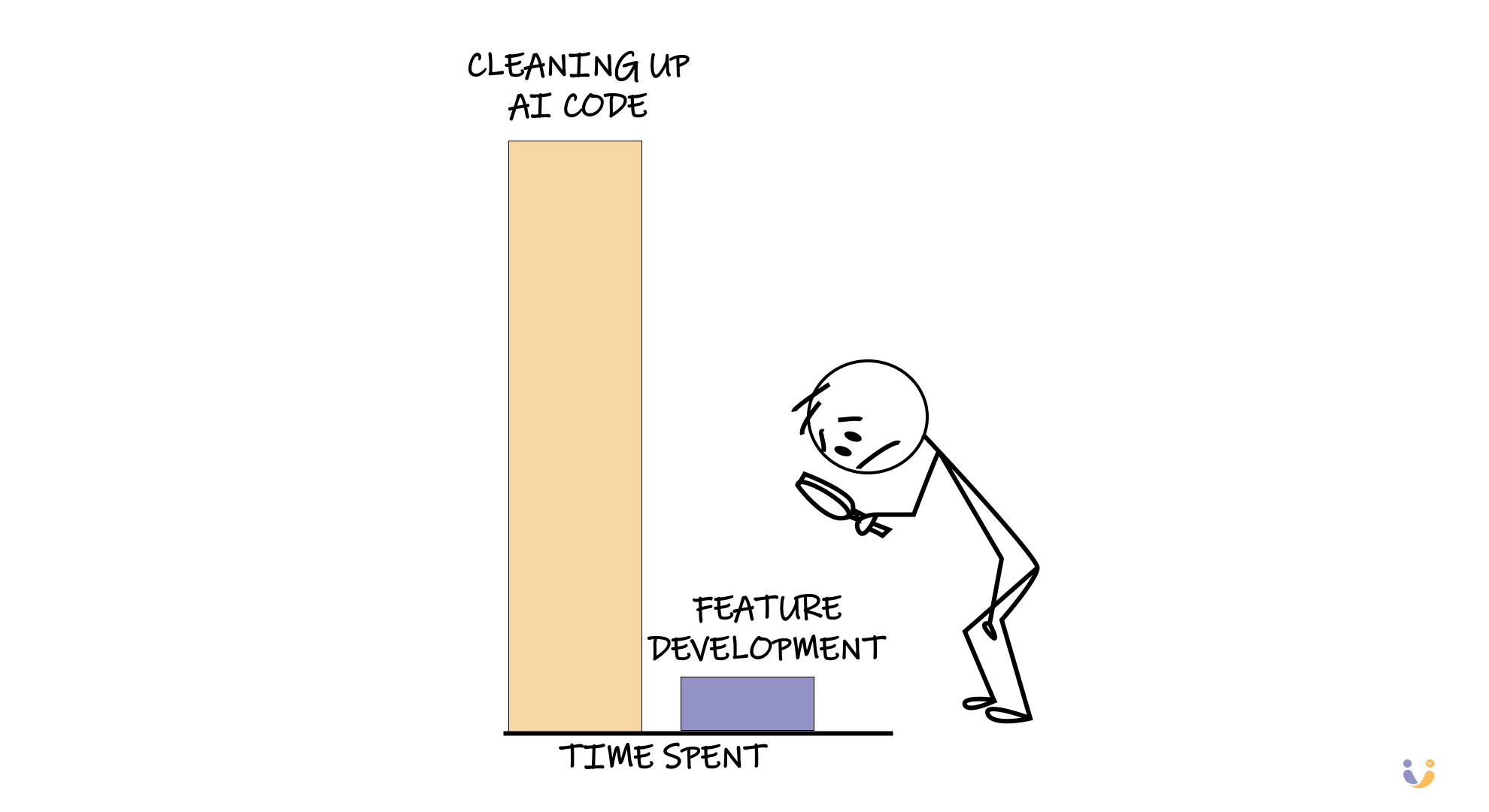
Let's talk numbers, because this garbage collection isn't free:
Traditional Development:
- 70% building features
- 20% fixing bugs
- 10% refactoring
Vibe Coding Reality:
- 20% generating initial code
- 60% debugging AI mistakes
- 20% rewriting AI solutions that fundamentally don't work
You're paying senior developer rates to do junior janitor work.
The Hidden Costs
The vibe coding evangelists focus on the speed of initial code generation. But they ignore:
- Technical debt interest: Every AI shortcut compounds into future problems
- Context switching overhead: Constantly jumping between generation and cleanup
- Knowledge decay: You lose programming skills by not practicing them
- Debugging complexity: AI-generated bugs are often stranger and harder to fix
- Security vulnerabilities: AI doesn't understand threat models
Breaking Free from the Garbage Route
Here's how I escaped the vibe coding garbage truck:
1. Admit You're a Janitor
The first step is recognizing that if you're spending most of your time fixing AI code, you're not programming. You're cleaning.
2. Learn the Fundamentals
You can't effectively clean up code you don't understand. Invest in learning:
- Software architecture patterns
- Database design principles
- Security best practices
- Performance optimization
- Testing strategies
3. Use AI as a Junior Developer, Not a Senior Architect
AI is excellent at:
- Generating boilerplate code
- Implementing well-understood patterns
- Writing tests for existing functions
- Explaining existing code
AI is terrible at:
- System design
- Performance optimization
- Security implementation
- Complex business logic
- Integration architecture
4. Build Your Code Quality Instincts
Learn to spot garbage code before it goes into production:
- Code that solves problems in overly complex ways
- Solutions that work but feel fragile
- Implementations that ignore error handling
- Architecture that creates tight coupling
The Future of Programming Isn't Vibing
The future of programming isn't about replacing developers with AI. It's about augmenting skilled developers with AI tools.
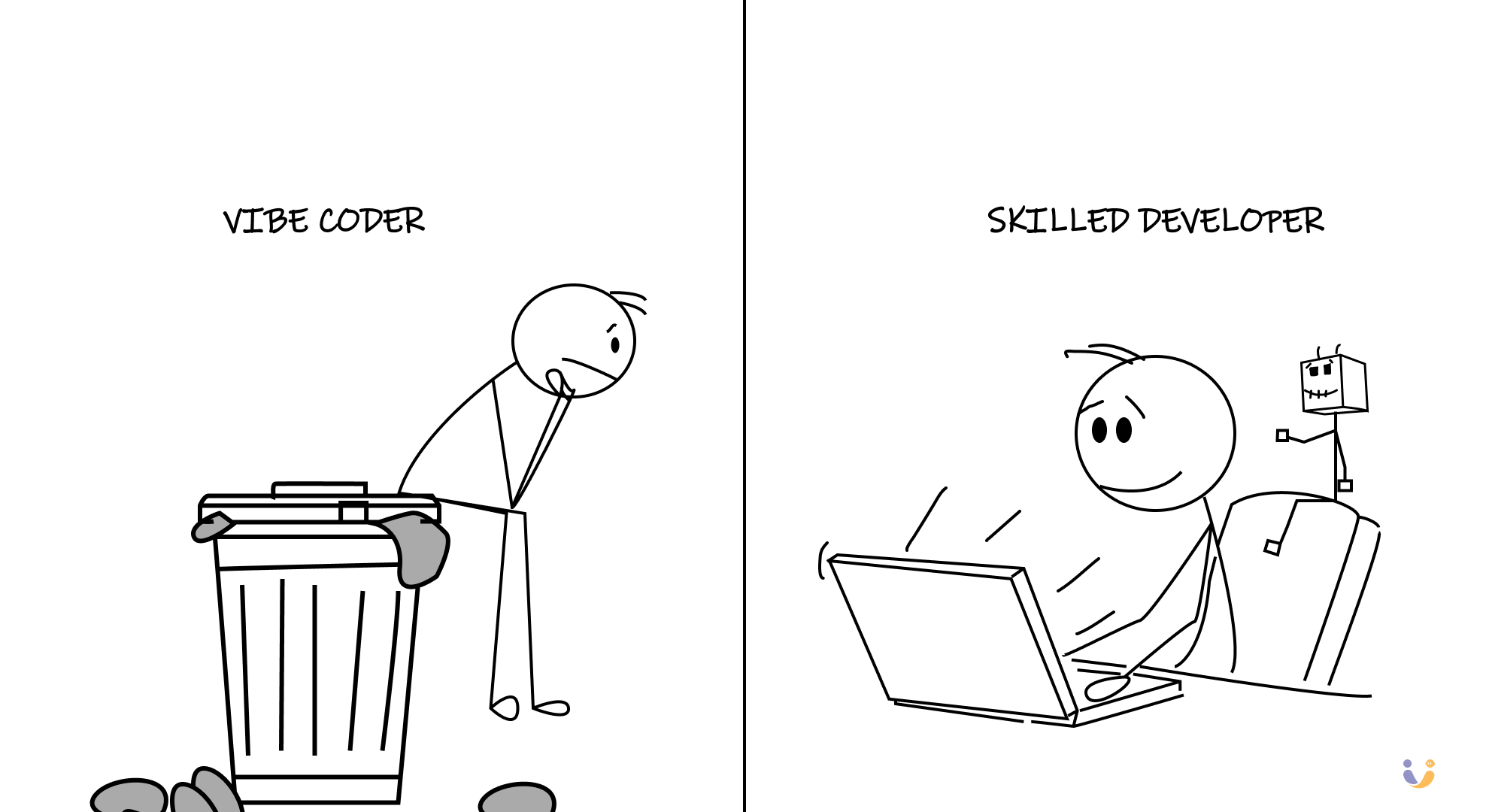
The developers who thrive will be those who:
- Understand software architecture deeply enough to direct AI effectively
- Can quickly identify and fix AI-generated problems
- Know when to use AI and when to code manually
- Maintain the fundamental skills that AI can't replace
The developers who struggle will be those who became dependent on AI without developing the skills to manage its output.
The Bottom Line
Vibe coding sold us a lie: that we could skip the hard work of learning to program and jump straight to being productive.
The reality is that vibe coding made us garbage collectors in our own codebases.
Real programming is about solving complex problems with simple, maintainable solutions. AI-assisted programming is about using tools to amplify your existing skills, not replace them.
If you're spending more time cleaning up AI code than building features, you're not a developer. You're a digital janitor with expensive tools.
The choice is yours: Keep collecting garbage, or learn to generate quality code that doesn't need constant cleanup.
Your future self (and your codebase) will thank you.
